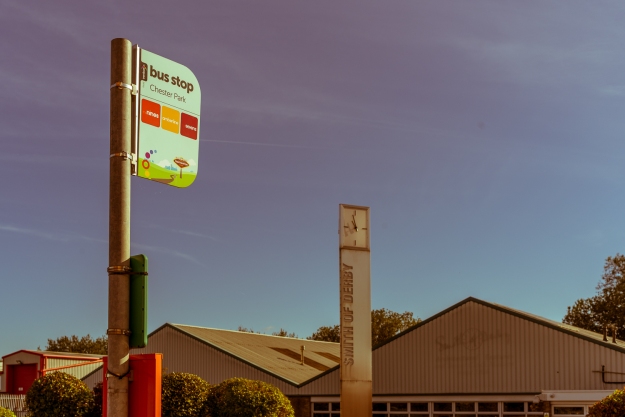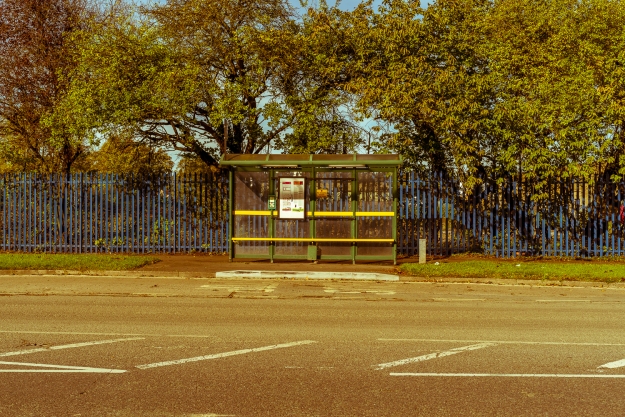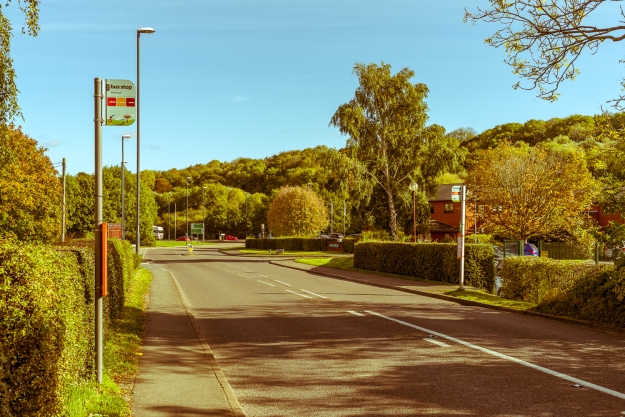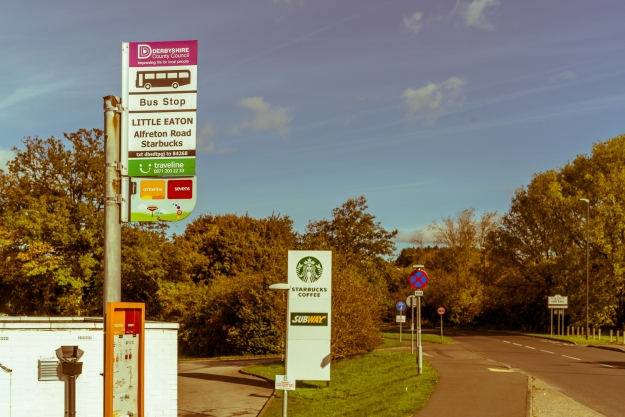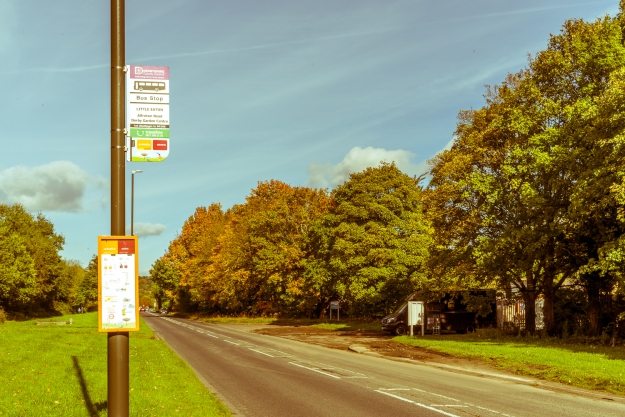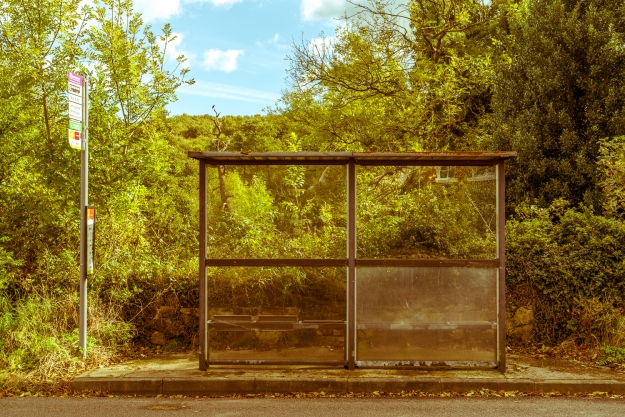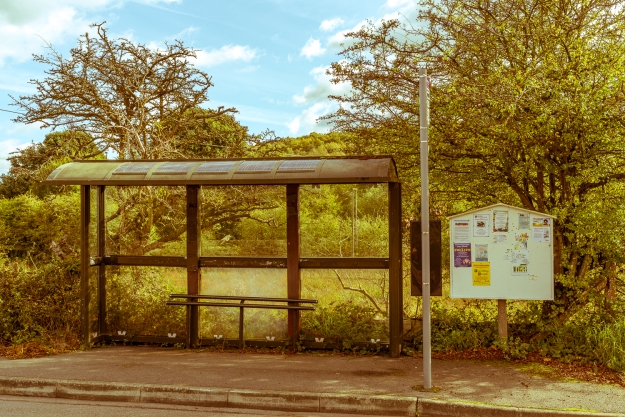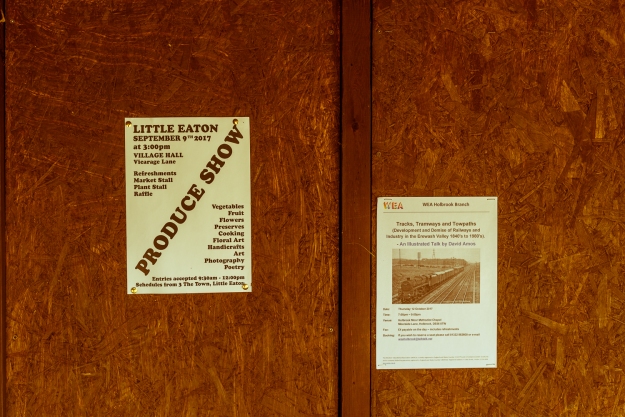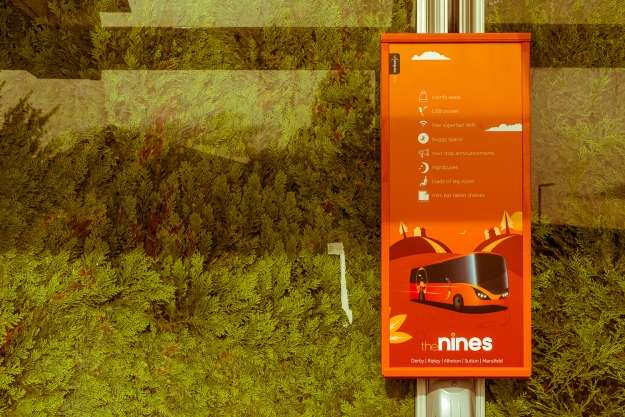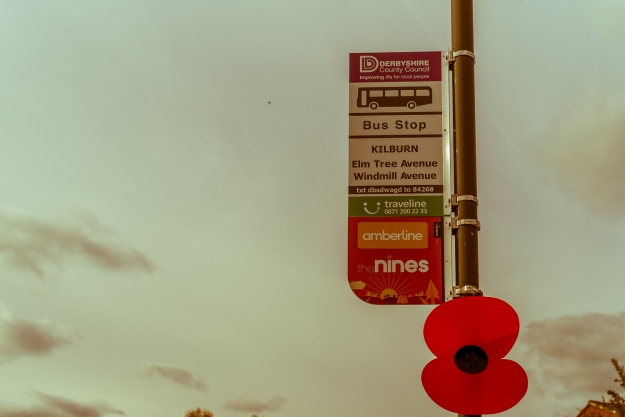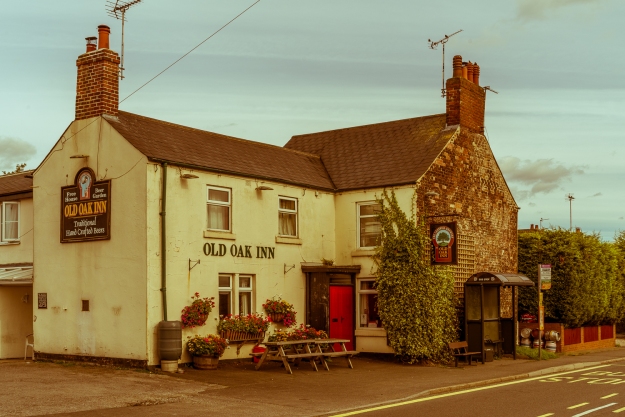I have now settled on the idea of taking a series of images of spiritual people in their own special place. I want the subjects to come from a variety of less common spiritual paths such as pagans, witches, shamans, etc. But rather than make them look like freaks, I want to present a dignified and empathic view of them in their land, their homes, living their lives fully.
One inspiration for the project is the empathic yet curious approach of Diane Arbus. Finding humanity’s more interesting people yet not making fun of them in any way. Before shooting I first need to know them.
To help find suitable people, I placed an advert in Social Media, paying to ‘Boost’ it’s visibility to a much wider audience than my own friends:

So far I’ve had a variety of people contact me from the Midlands, Scotland, south coast and London. They include Druids, Shamanic Practitioners, Witches, Faerie artists, Moon Mothers and Priestesses of Avalon. So the idea certainly looks viable.
I’ve now contacted all who have expressed an interest. The next step it to work with each to decide:
- Logistics -I work full time so we need to agree when we can meet to shoot
- Understand more about them and what they do in their special place. This will allow me to plan the shoot to a degree. I want it to be collaborative with them feeling part of it, proud of how they are being portrayed.
- My assignment deadline is 11 December, so I need to see if this looks achievable once plans are in place, and let my tutor know if not.



